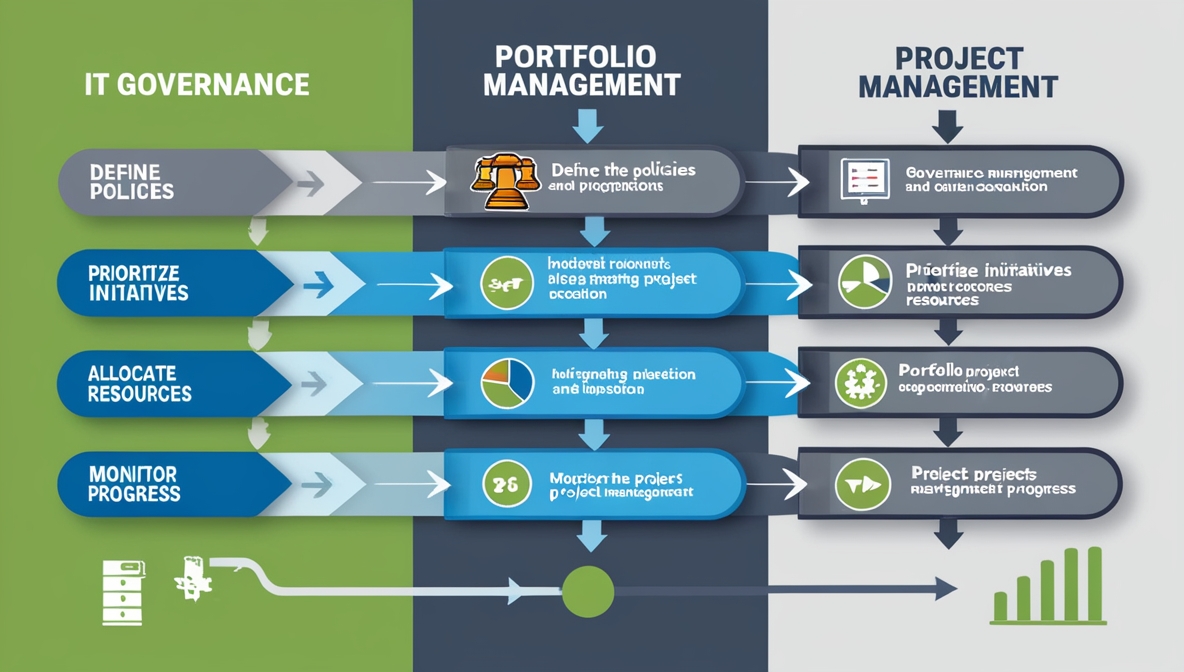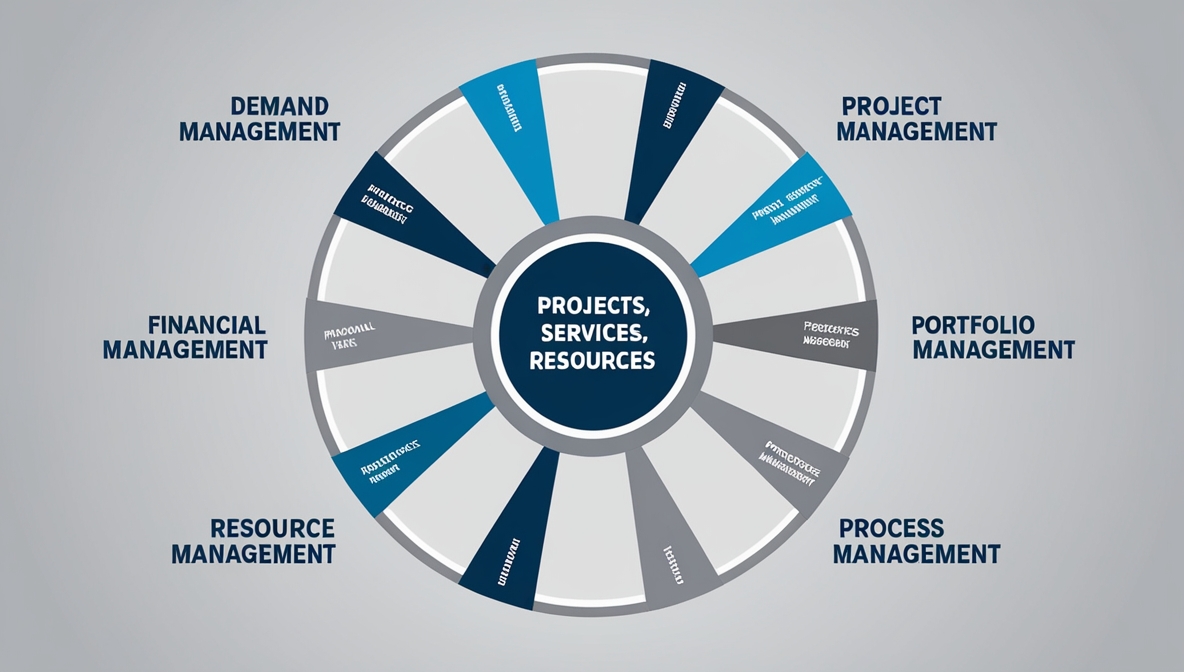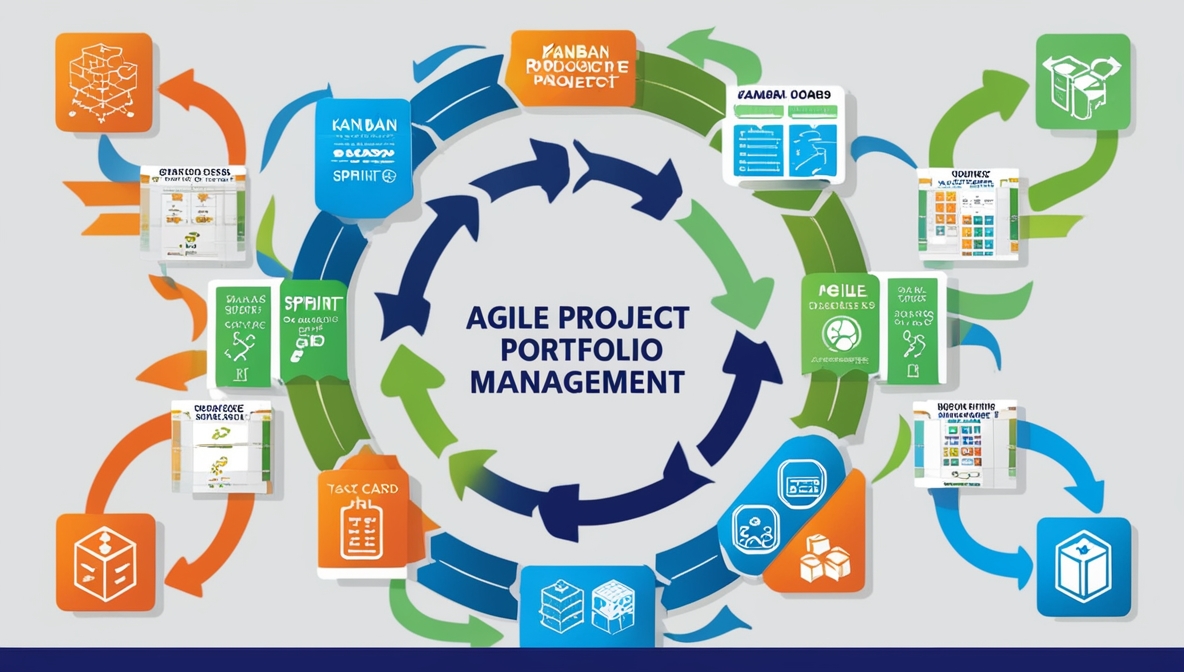Project portfolio management (PPM) is the process of strategically managing an organization’s projects and resources to achieve specific business goals. It involves selecting and prioritizing the projects that will provide the most value to the organization, allocating resources effectively, and managing risks and dependencies across the portfolio of projects.
PPM typically involves the following key steps:
- Portfolio Definition: This involves defining the portfolio of projects and the criteria for selecting and prioritizing them. This can be done based on factors such as alignment with business strategy, resource availability, risk and complexity, and potential return on investment.
- Project Identification and Selection: This involves identifying potential projects that could be included in the portfolio, evaluating them based on the defined criteria, and selecting the ones that will provide the most value.
- Resource Allocation: Once the projects have been selected, resources such as personnel, funding, and equipment need to be allocated in a way that maximizes the overall value of the portfolio.
- Risk Management: Managing risks and dependencies across the portfolio is essential to ensure the organization can achieve its business goals. This may involve monitoring and mitigating risks at the portfolio level and managing risks at the individual project level.
- Performance Management: Tracking and reporting on the portfolio’s performance are essential to ensure that the organization is on track to achieve its goals and identify any issues that need to be addressed.
PPM can be a complex and challenging process, requiring a deep understanding of the organization’s strategic goals, project management best practices, and the capabilities of the resources available. However, effective PPM can lead to significant benefits, including improved alignment between projects and business goals, more efficient use of resources, and better management of risks and dependencies.
This Project Portfolio Management (PPM) hub has an extensive collection of resources, articles, and information related to managing and optimizing a portfolio of projects to ensure alignment with business objectives, maximize return on investment and achieve strategic goals.
This section of our CIO Reference Library provides valuable guidance for CIOs, IT executives, and other decision-makers exploring PPM methodologies, tools, and best practices to enhance their organization’s capabilities, prioritize resources and deliver successful projects.
Project Portfolio Management involves the central management and coordination of projects across an organization, ensuring the most effective allocation of resources, alignment with strategic goals, and efficient execution of projects. PPM encompasses a range of activities, including project prioritization, resource management, risk assessment, and performance tracking.
Key topics within the Project Portfolio Management category include:
- PPM Overview and Fundamentals: Gain an understanding of PPM’s core concepts, benefits, and objectives and how it can help organizations achieve their strategic goals and maximize the value of their project investments.
- PPM Methodologies and Best Practices: Learn about various PPM methodologies and best practices for successful implementation, ensuring the effective management of projects and alignment with business objectives.
- PPM Tools and Software: Explore the range of PPM tools and software solutions available in the market, their features, and the benefits of implementing a PPM tool within your organization.
- PPM Governance and Processes: Discover the importance of establishing effective PPM governance structures and processes, ensuring proper oversight, decision-making, and alignment with business objectives.
- PPM Metrics and KPIs: Understand the various metrics and key performance indicators used to measure the effectiveness and success of PPM initiatives and how to track and optimize them.
- PPM Case Studies and Examples: Learn from real-world examples of organizations that have successfully implemented PPM, including their challenges, solutions, and achieved outcomes.
The Project Portfolio Management category offers valuable insights and guidance for IT leaders seeking to implement PPM methodologies, tools, and best practices within their organizations. By leveraging the knowledge and resources shared within this category, IT professionals can effectively manage their project portfolios, ensure alignment with strategic goals, and ultimately deliver successful projects that create value for their organizations.




![Strategic Alignment in Project Portfolio Management A Framework for Enhanced Decision-Making [Case Study] - featured image](https://cioindex.com/wp-content/uploads/2021/07/Strategic-Alignment-in-Project-Portfolio-Management-A-Framework-for-Enhanced-Decision-Making-Case-Study.jpg)


